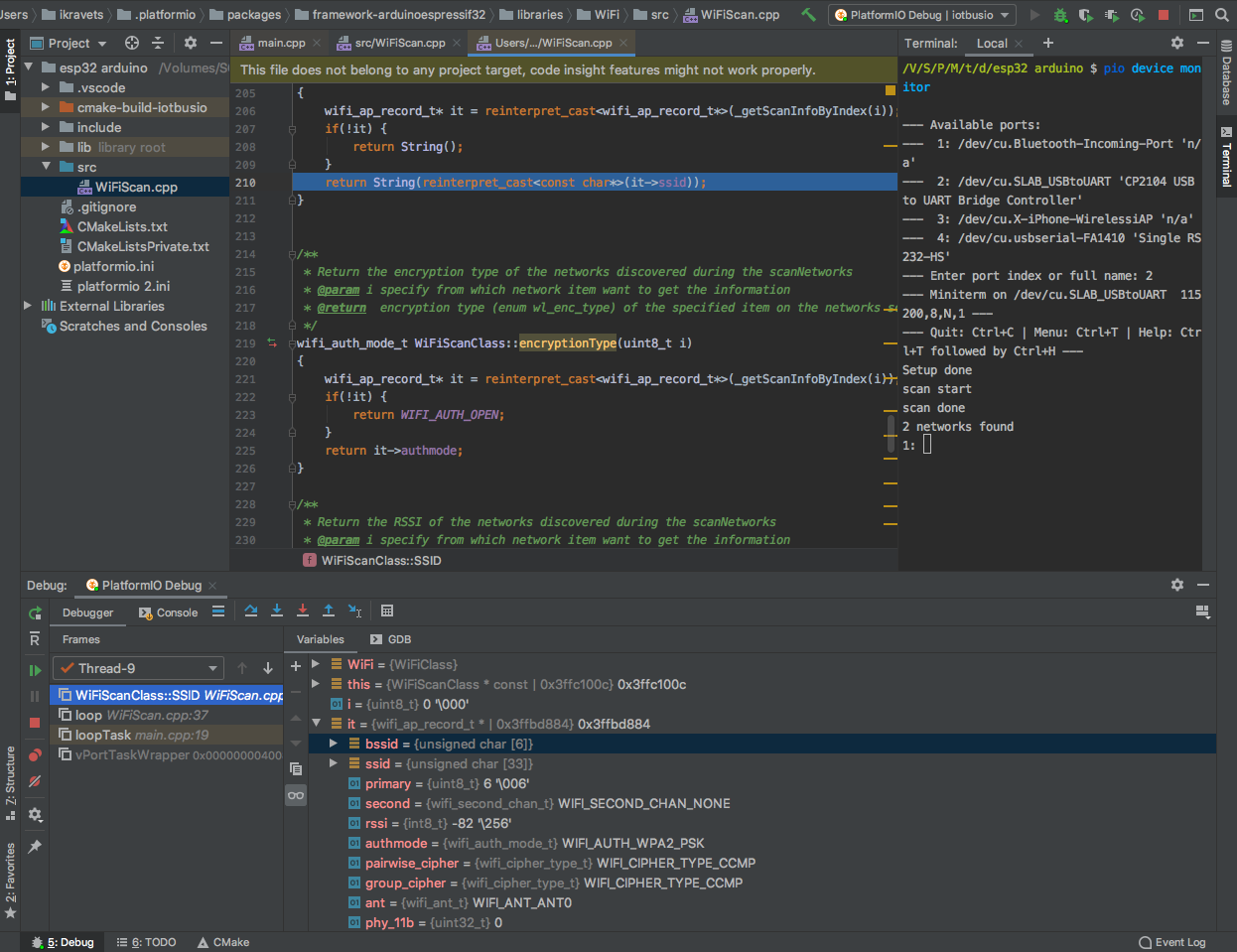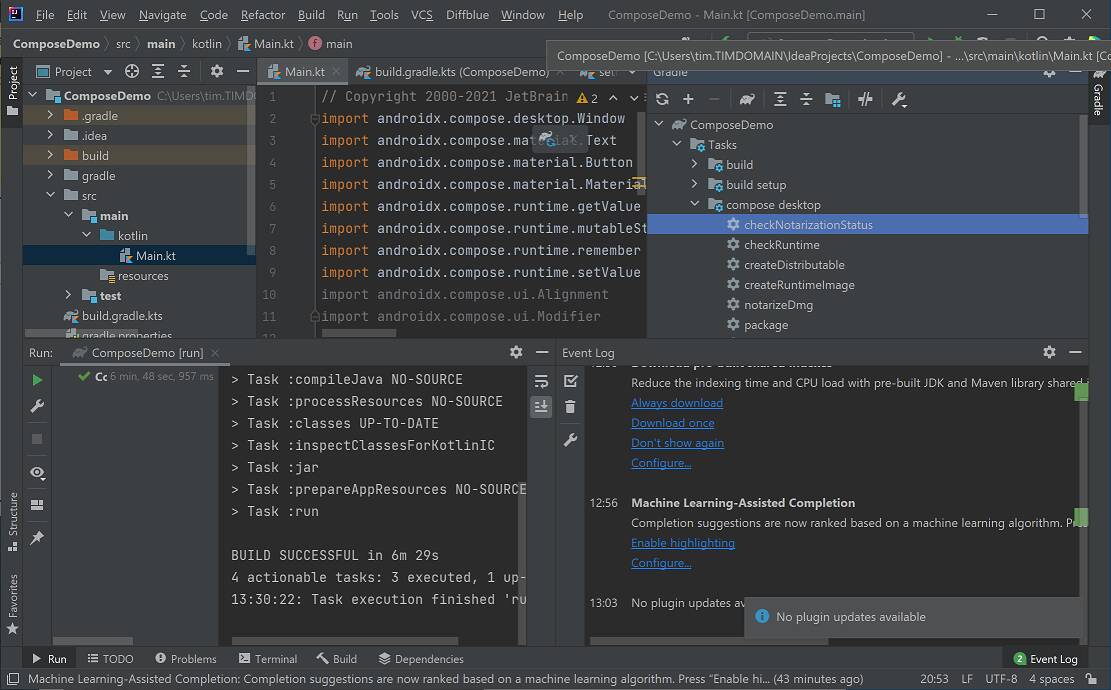

Once done, Fleet becomes a full IDE though retaining its minimalist design. This is true and Fleet does no end of downloading dependencies and indexing the first time the button is clicked, presuming there is some code to analyse. The documentation warns that "After you click the Enable button you may have to wait some time, while the backend is prepared". Functionality like refactoring and code parsing is disabled.Ĭlicking a Smart Mode button at top right of the title bar then gives the developer the option to enable "completion, error detection, fixes and refactorings." Once done, it is possible to create and edit files but little else. Nothing much is possible until a workspace is opened, in effect a project folder.

On first start-up it is little more than a white empty window with some controls embedded in the title bar.

The best single word to describe Fleet is "minimalist". Fleet is significant because it is a new base IDE from JetBrains that may eventually replace IntelliJ, used as the core of numerous IDEs including Google's Android Studio, though there are no plans yet to discontinue IntelliJ and Fleet is in early preview.


 0 kommentar(er)
0 kommentar(er)
